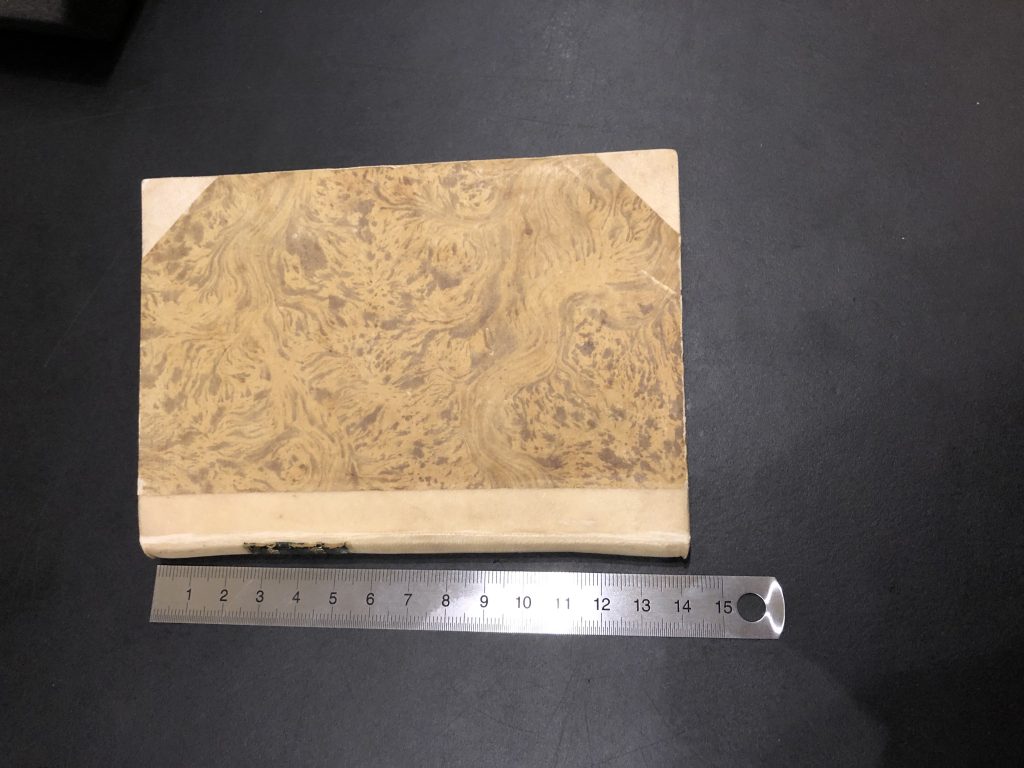
De sculptura, seu, statuaria; Pomponio Gaurico; 1528
The book „de sculptura, seu, statuaria“ discusses technical and aesthetic considerations of art. For the first time Pomponio Gaurico writes about the concept of the true, the good and the beautiful. He also comments on many artists, for example Donatello. Micheangelo’s name appears for the first time in print. The book was written as a dialogue between two Paduan scholars.
This copy is the second edition from 1528, the first edition was published 1504 in Florence. On the first page there are a lot of informations about the book for example the title, the author’s name, where it was printed and the comment that there’s an index on the second page and so on but also the surprising fact that this edition lacks the last gathering ,Aeglogae’. The index which gives, without indicating any page numbers, a rough overview where to find approximately a certain subject is followed by a four pages long introduction by the editor of the book Cornelius de Schryver.
The actual book starts with a huge „Q“ it looks like this printed book imitates the handwritten books where the chapters sometimes start with a highly decorated letter. The main part is organized in 12 main themes. At the top of every page it is indicated which theme is dealt with in this part of the book. Besides this indications at the top there are a lot of side-notes at the leaf edges which indicate the content even more precise. At the bottom of each page is always the first word from the next page, which simplifies reading but also helps to recognize a missing page.
This book’s dimensions are 142x97x10mm. Compared to the standard book sizes this book is a Octodecimo. It is bound in octavo which means there are 8×7=56 leaves and therefore 112 pages (x2). The whole work is text so there are no illustrations.
It is clearly visible that the book isn’t in his original book cover. When the book got his new cover there were also added two completely blank leaves, one as the first leaf of the book and one as the last. It is visible because these two pages have a lighter color than the other pages.